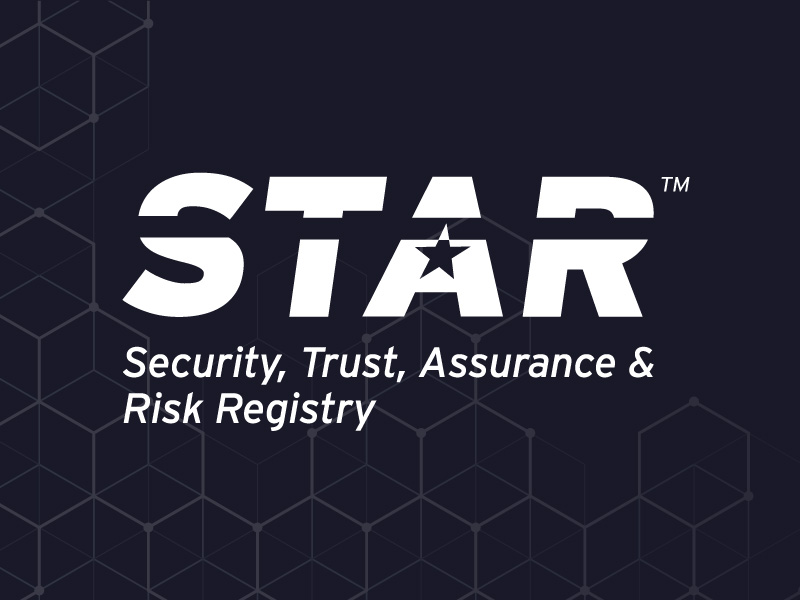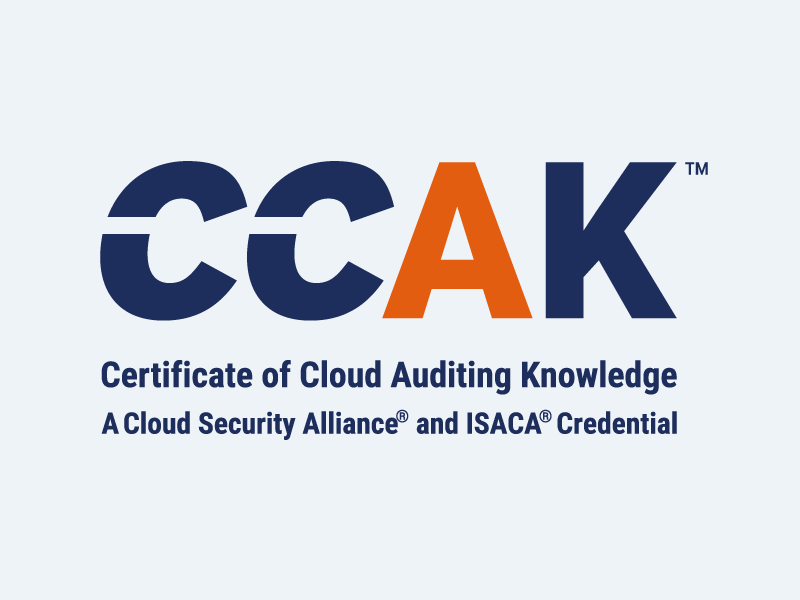How to Audit Your Outdated Security Processes
Blog Article Published: 04/16/2024
Originally published by Vanta.
As your business grows, there are new demands of the security team, like adding additional compliance frameworks, more security questionnaires, or new, advanced requirements from large enterprise customers.
While this growth is exciting, it also comes with growing pains — like outgrowing your existing security processes. Recognizing when and how to audit these outdated processes is essential for keeping your organization secure and scaling your security program with the company, rather than holding it back.
We’ve created a template to help you audit these processes. This blog will guide you through the steps to audit your outdated security processes and how to determine which processes to prioritize updating first.
Step 1: Take inventory
Begin by evaluating the current state of your security program. Identify all security tasks your team is responsible for over a typical week, month, and year. Consider the cadence of these tasks, the tools and processes needed to accomplish them, which teams you need to work with, and identify which processes don’t have defined steps.
Also factor in your organization’s risk and maturity. What risks do you need to manage and mitigate? Which frameworks can strengthen your organization’s security posture? Which important security measures are missing from your current program?
Action:
- Make a copy of this template.
- In the first column of the “Task Tracker” tab, list each security task you or your team are responsible for in a new row.
- For each task, input the following information in the corresponding row:some text
- Cadence: How often the task is performed
- Process: Any existing processes or documents about how the task is done
- Stakeholders: Other teams who need to perform portions of the task to complete it

Example security process audit.
Step 2: Prioritize
Once you have a clear overview of your security tasks, assess each process to determine which ones to update first. Conduct a scoring exercise to help you prioritize which processes to update. This should be based on potential impact, time saved, risk reduction, and improving the workflows with your cross-functional partners.

Scoring rubric to prioritize security processes.
Action:
- Using the template you just created, give each of the tasks you listed a score based on the scoring rubric above.
- The sheet will calculate the average score for each of your security tasks.
- Right click on the column with the average score and sort from Z to A to see the tasks with the highest score listed first. The highest scoring tasks will have the biggest impact for change.
- With this score in mind, identify which tasks to update. Indicate which you will update and which you won’t by using the dropdown in the “Update?” column.

Example of template scores.
Step 3: Create a plan
Now that you’ve identified which of your security processes to update, it’s time to take action and improve them. Looking at the high-impact tasks you’ve identified, consider how you can centralize them into one or a few systems, integrate them into existing workflows, and automate them.
You’ll likely need a trust management platform to help you streamline your security program. If you don’t already have a platform to help you manage your security, find a platform that streamlines the process and workflows you identified as most impactful.
Action:
- Identify some of the top areas of opportunity for your current processes and create solutions.
- Consider finding a platform that offers centralization, integration, and automation for a majority of the processes you’ve identified to streamline your program and limit the number of tools you use to manage your security.
To get a more in-depth look at how to update your security processes after you’ve completed your process audit, download our full guide How to update and automate outdated security processes.
Trending This Week
#1 The 5 SOC 2 Trust Services Criteria Explained
#2 What You Need to Know About the Daixin Team Ransomware Group
#3 Mitigating Security Risks in Retrieval Augmented Generation (RAG) LLM Applications
#4 Cybersecurity 101: 10 Types of Cyber Attacks to Know
#5 Detecting and Mitigating NTLM Relay Attacks Targeting Microsoft Domain Controllers
Related Articles:
Your Ultimate Guide to Security Frameworks
Published: 04/29/2024
The Future of Cloud Cybersecurity
Published: 04/29/2024
CPPA AI Rules Cast Wide Net for Automated Decisionmaking Regulation
Published: 04/26/2024
Why Business Risk Should be Your Guiding North Star for Remediation
Published: 04/25/2024









